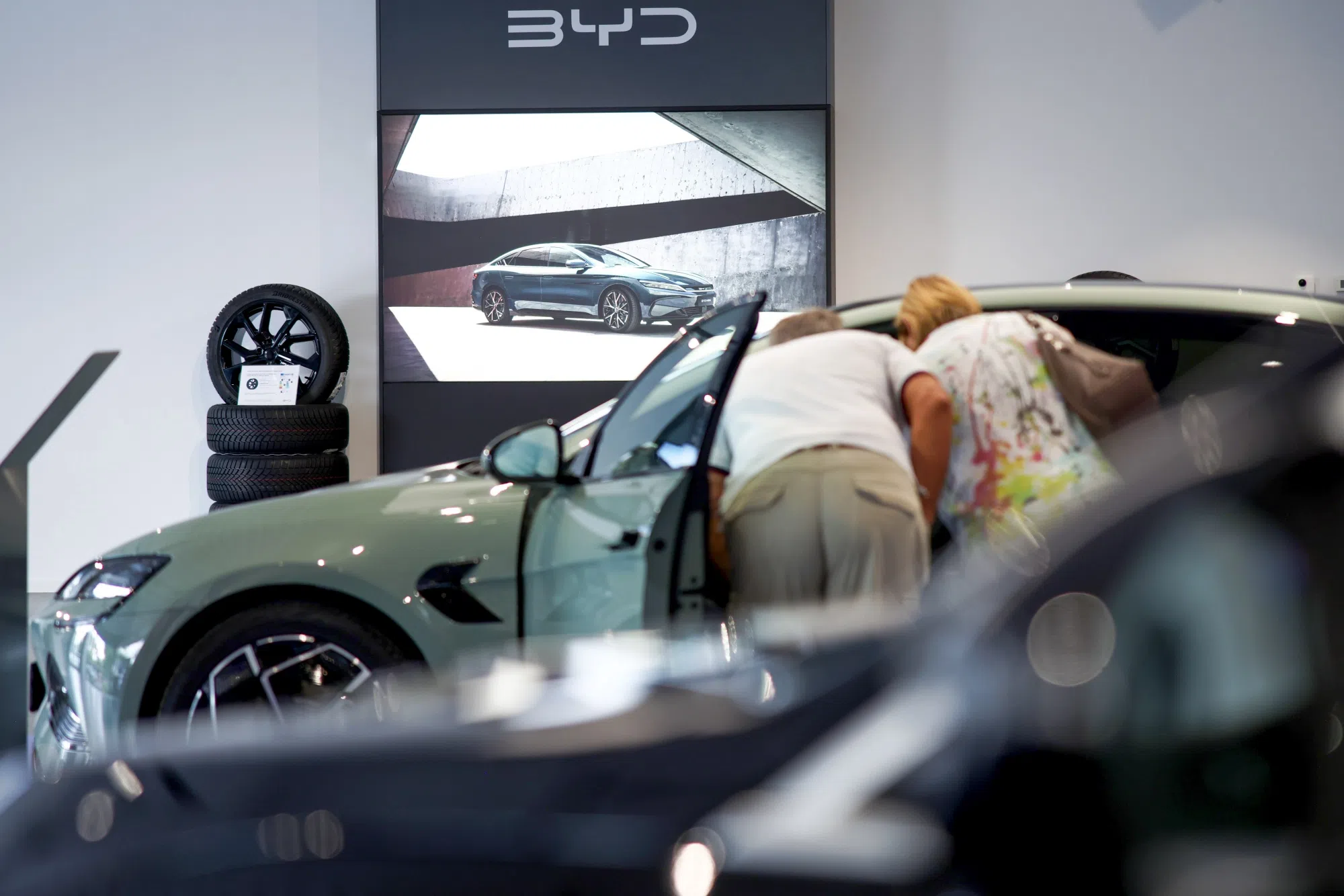JUST 19 of China’s 137 current electric vehicle (EV) brands will be profitable by the end of the decade, leaving the rest to exit the industry, consolidate or battle for a minor market share, according to consultancy Alixpartners.
A price war that has been running for almost two years has pressured margins at some Chinese EV makers and could continue as dominant players such as BYD and Tesla seek to consolidate their dominant positions.
“As long as big players such as BYD still have a gross margin, there’s always room for a further price war,” Stephen Dyer, Alixpartners’s Shanghai-based managing director, said on Wednesday (Jul 10).
While the average sale price of cars in China fell 13.4 per cent in the past year, the average margin of automakers rose to 7.8 per cent in 2023 from 6.3 per cent the previous year, according to Alixpartners. Manufacturers have cut costs by squeezing suppliers and moving fast to bring new models to market.
By the end of 2030, Chinese automakers are set to hold 33 per cent of the global auto market and 45 per cent of new-energy vehicle (NEV) sales, Alixpartners said. However, the consultancy downgraded its forecast for China’s share of the European auto market to 12 per cent from 15 per cent, given the European Union’s imposition of additional provisional tariffs.
In other takeaways from the briefing, Alixpartners said Chinese automakers have grabbed an advantage by:
BT in your inbox
Start and end each day with the latest news stories and analyses delivered straight to your inbox.
-
Taking risks and moving fast – meeting minimum safety and regulatory requirements first before making upgrades (most of which can be done with software updates after delivery).
-
Separating the development of hardware and software, set up independent NEV brands and securing financing and local government support.
-
The national level investment in battery and material technologies; involving suppliers early, and in some cases, taking advantage of vertical integration.
-
Improving efficiency by organisational structure and an overtime working culture. While workers at legacy automakers do a maximum of 20 hours of overtime a month, staff at Chinese NEV makers can do as much as 140 hours of overtime a month. BLOOMBERG







